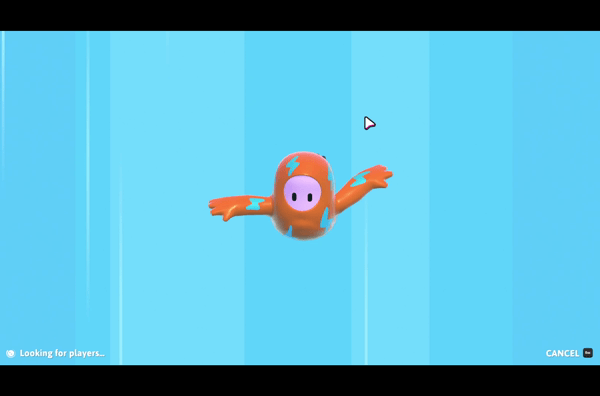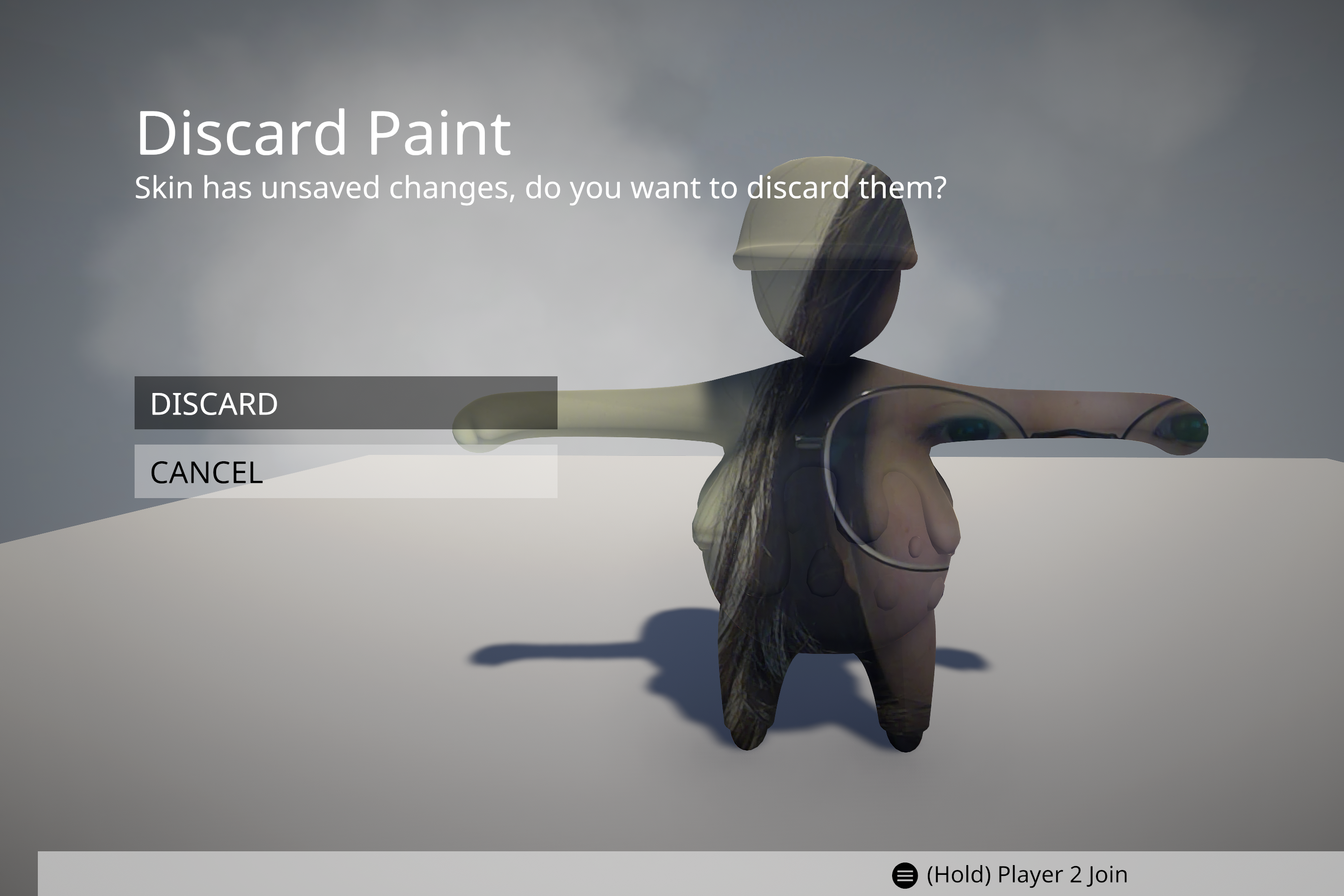REAL talk REAL show
special episode: are you real :3
stream+manyland
watch the full stream online
Technology: twitch, OBS
A live-streamed talk show with multiplayer game play
that deals with virtual identities and relationships.
REAL talk REAL show is a live-streamed talk show that deals with the relationship between modern people in modern society. This special episode brings viewers back to the same cozy yet eerie setting of the show, but with a gameplay of MANYLAND as a framed canvas backdrop. The host both playing (asking MANYLAND gamers ‘are you real’) and talking with a guest, is hereby creating intersections of reality formed by the juxtaposition of ‘real’ and digital conversations, and the collage of aesthetically-and-concept-matching visuals and sounds. Sometimes, interestingly, the pixelation of things and the glitching of the site provide a more real feeling than the relationships in real life that we seem to have.
Those collisions are an intervention of the game within the host herself that are to be extended to the audience. The more complicated talk better ‘sit-’uates the often generic questioning and answering interactions in the game, while the use of this gameplay as a background ‘framed’ the real world conversation in a more omnipresent way. It does not really matter if viewers could see clearly what’s happening in the game in the background, since the gesture of gameplay for this episode serves as a special reminder to all: whatever happens in the digital could be truly ‘real,’ if we link it to those of the physical world and be critically engaged. MANYLAND’s environment provides people an awesome space to experiment with playing but not fully playing, allows the talk show format to extend from game actions to conversations, and to extend from the talk show format to real world engagements.
![]() with my special friend and guest, Gurkriti
with my special friend and guest, Gurkriti
//Conceptual Process
Prompt: The Digital as a Place
1. Multiplayer
Before building a space, one needs to be in one.
Before having a multiplayer experience, one needs to be a player.
Before entering the digital as a place, one needs to be digital.
Fall Guys was the first multiplayer game I chose to play. The goal was to observe and make
Me and my teammate Qi Tan observed the physical setup, the character design, game mechanism and interactions, etc.
***My key takeaways:
![]()
2. Collecting as Research
Human Fall Flat was the second multiplayer game I chose to play, because I was interested in developing the philosophy of falling. Me and my teammate Tao Liu looked at the main attributes of the world, and collected then recomposited those attributes in speculating alternative game experiences. (see some of the composites here)
***My key takeaways:
![]()
3. Sited Interventions on Stream
I chose Manyland as my third and final game for a twitch live stream. There was a lot of time that I didn’t know what exactly I was doing, but the experiments and play above have taught me that any time spent in the game is playing, any action done in the digital game is treating the digital as a place of happenings.
This stage also started with designing more interventions, but with the notion of a tour guide guiding people through the digital as a place.
And then I streamed the interventions using 5 different touring styles and focuses.
The interventions in both Fall Guys and Human Fall Flat had to do with virtual identities and relationships, and to continue the idea of repurposing game play to repurpose the digital as a place, I decided to expand on the second intervention to make it as a part of a talkshow. This also came from the idea of the juxtaposition of the real and the digital. I looked at different podcasts and online talkshows for inspirations.
![]()
By making it a branded talkshow, I was a carrier of the many identities and perspectives, as a showhost talking to the guest about real-world experiences, a player asking people “are you real” in manyland in the background, a streamer controlling the timing of the presented visuals, etc. By streaming manyland as a digital place of interactions, and making another talkshow space to showcase the digital place, I myself have become a place, too. The gesture of gameplay in the background complicates the conversation up front, and so does the other way round. It was a loop of influences and reflections.
Those collisions are an intervention of the game within the host herself that are to be extended to the audience. The more complicated talk better ‘sit-’uates the often generic questioning and answering interactions in the game, while the use of this gameplay as a background ‘framed’ the real world conversation in a more omnipresent way. It does not really matter if viewers could see clearly what’s happening in the game in the background, since the gesture of gameplay for this episode serves as a special reminder to all: whatever happens in the digital could be truly ‘real,’ if we link it to those of the physical world and be critically engaged. MANYLAND’s environment provides people an awesome space to experiment with playing but not fully playing, allows the talk show format to extend from game actions to conversations, and to extend from the talk show format to real world engagements.

//Conceptual Process
Prompt: The Digital as a Place
1. Multiplayer
Before building a space, one needs to be in one.
Before having a multiplayer experience, one needs to be a player.
Before entering the digital as a place, one needs to be digital.
Fall Guys was the first multiplayer game I chose to play. The goal was to observe and make
interventions
in the game. (see some of the interventions here)Me and my teammate Qi Tan observed the physical setup, the character design, game mechanism and interactions, etc.
***My key takeaways:

- The obstacle entertainment kind of game is asking players to use bodies as props, to be controlled but to confront and interact.
- The skin associations in the game defines a player’s level of success. Often it is not so much about passing the different stages of the game, but passing and winning for the ability to buy a more expensive skin. This process of earning individuality reflects the notion of luxury in the real world. The digital as a place is actually not that different from the real world.
- The immortality of the game character stimulates philosophical circles of “falling.” The game starts and players would automatically “fall” into the playground. But is it a fall guy figure falling, or the player falling, or the player as a fall guy figure falling? And where does whoever’s falling fall from? Where do they fall into when failing? By asking these questions, I start to see the digital more than a platform or domain, as a place and a container of real-world related experiences.
2. Collecting as Research
Human Fall Flat was the second multiplayer game I chose to play, because I was interested in developing the philosophy of falling. Me and my teammate Tao Liu looked at the main attributes of the world, and collected then recomposited those attributes in speculating alternative game experiences. (see some of the composites here)
***My key takeaways:

- Communication mostly happens when another person needs help, not so much when every player is focused on solving a solvable task. In other words, purposefully “not playing” or not knowing how to play could promote exchange.
- A purpose-driven gaming style is not necessarily the easiest way to solve a puzzle, but definitely provides the most focused, observable, and collectable experience.
- Has the digital game space become a designer tool that can be reused and repurposed?
3. Sited Interventions on Stream
I chose Manyland as my third and final game for a twitch live stream. There was a lot of time that I didn’t know what exactly I was doing, but the experiments and play above have taught me that any time spent in the game is playing, any action done in the digital game is treating the digital as a place of happenings.
This stage also started with designing more interventions, but with the notion of a tour guide guiding people through the digital as a place.
- People in Manyland loved to jump between different places, so I created a new place with a seemingly endless long, straight road, and see how far people would get before transporting away.
-
People in Manyland were automatically “digitized” with a default character-look, and although looks could be changed, the idea of having a digital version of self is considered normal, and thus would be unnormal for people to stop their activies in this digital world and think about it. Therefore, I stopped random players during the play, interrupt what they were doing at the moment, and asked them the question: “are you real?”
- People in Manyland could easily collect and paste creations onto the digital environment, but still limited to a rule on a digital sign—keep the place clean! Because of that, I randomly copied others’ creations and pasted numerously around the original creation.
And then I streamed the interventions using 5 different touring styles and focuses.
The interventions in both Fall Guys and Human Fall Flat had to do with virtual identities and relationships, and to continue the idea of repurposing game play to repurpose the digital as a place, I decided to expand on the second intervention to make it as a part of a talkshow. This also came from the idea of the juxtaposition of the real and the digital. I looked at different podcasts and online talkshows for inspirations.

By making it a branded talkshow, I was a carrier of the many identities and perspectives, as a showhost talking to the guest about real-world experiences, a player asking people “are you real” in manyland in the background, a streamer controlling the timing of the presented visuals, etc. By streaming manyland as a digital place of interactions, and making another talkshow space to showcase the digital place, I myself have become a place, too. The gesture of gameplay in the background complicates the conversation up front, and so does the other way round. It was a loop of influences and reflections.